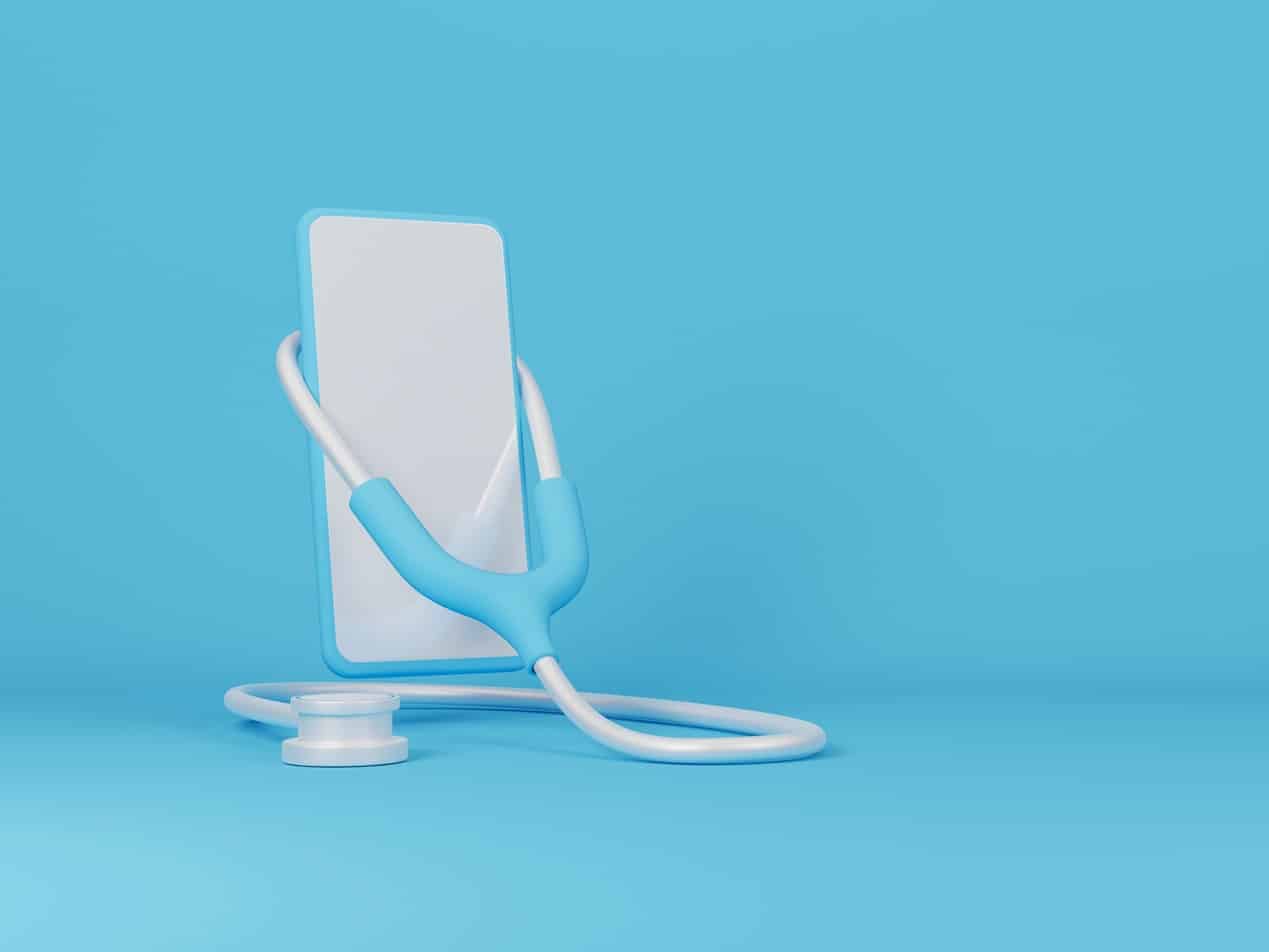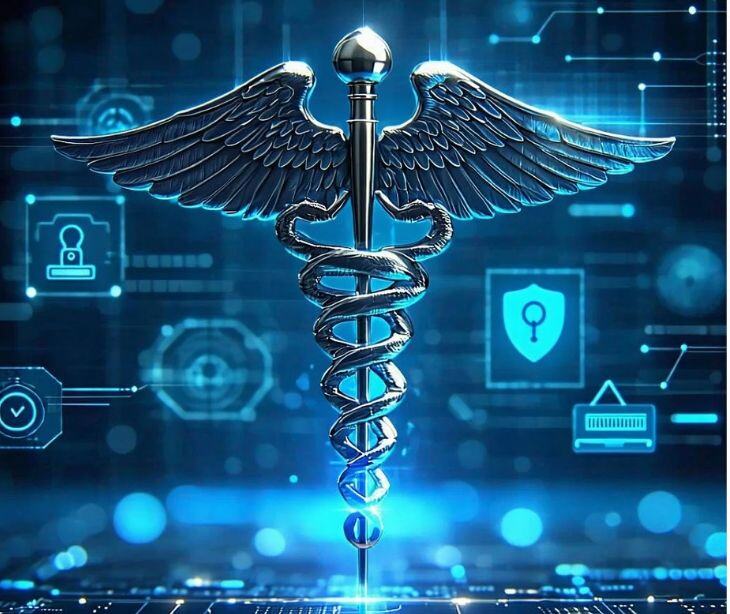
As HIPAA rules are periodically updated to address new challenges and technologies, maintaining current documentation helps avoid costly penalties and legal issues associated with HIPAA violations. It also ensures that security measures are up-to-date, safeguarding sensitive patient data against breaches and unauthorized access. Furthermore, regularly updating HIPAA documentation reflects an organization's commitment to protecting patient privacy and maintaining trust. This practice helps organizations prepare for HIPAA audits by allowing them to prove their compliance and minimize the possibility of negative outcomes during these audits.
How often must HIPAA documents be updated?
According to 164.316(b)(2)(iii), HIPAA documentation must be reviewed “periodically, and update as needed, in response to environmental or operational changes affecting the security of the electronic protected health information.”
While there is no specific mandate for how frequently updates must occur, organizations should review and revise their documentation at least annually or whenever significant changes in regulations, technology, or business operations occur.
See also: HIPAA Compliant Email: The Definitive Guide
Updating HIPAA documentation
Review current documentation
- Identify gaps: Conduct a thorough review of current HIPAA policies, procedures, and documentation to identify any gaps or outdated information.
- Compliance requirements: Ensure that the documentation aligns with the latest HIPAA rules, including the Privacy Rule, Security Rule, and Breach Notification Rule.
Incorporate regulatory changes
- Stay updated: Keep up with any changes in HIPAA regulations and ensure that these are reflected in your documentation.
- Legal advice: If necessary, consult legal experts or compliance officers to understand how new regulations impact your documentation.
Update policies and procedures
- Access controls: Revise policies on who has access to protected health information (PHI) and under what circumstances.
- Data encryption: Ensure procedures for data encryption, both in transit and at rest, are clearly outlined and updated as per the latest guidelines.
- Incident response: Update procedures for responding to security incidents, including breach notification protocols.
Update training materials
- Employee training: Revise training materials to include updates in HIPAA policies and procedures. Ensure that all employees are aware of and trained on the latest requirements.
- Documentation: Keep records of employee training sessions to demonstrate compliance.
Update business associate agreements (BAAs)
- Review and revise: Ensure that all BAAs are updated to reflect current HIPAA requirements and any changes in your business practices.
- Compliance assurance: Verify that business associates are also maintaining compliance with HIPAA regulations.
See also: What is the purpose of a business associate agreement?
Conduct a risk assessment
- Identify risks: Perform a risk assessment to identify any new risks associated with PHI.
- Mitigation plans: Update documentation to include new risk mitigation strategies and procedures.
Document updates and changes
- Version control: Maintain version control of all HIPAA documentation to track changes and updates over time.
- Approval process: Ensure that all updates are reviewed and approved by the relevant authorities within your organization.
Periodic review
- Regular updates: Establish a schedule for regular review and updating of HIPAA documentation to ensure ongoing compliance.
- Audit preparation: Keep your documentation audit-ready by ensuring it’s up to date and easily accessible.
Notify stakeholders
- Communication: Inform all relevant stakeholders, including employees, business associates, and patients, of significant changes to HIPAA documentation.
Maintain documentation security
- Secure storage: Ensure that updated HIPAA documentation is stored securely, with access limited to authorized personnel.
- Backup copies: Keep backup copies of documentation to prevent data loss.
Related: Guidelines for HIPAA compliant documentation and record retention
FAQs
How do I know if my HIPAA documentation needs updating?
Documentation should be updated if there are changes in HIPAA regulations, updates to industry best practices, technological advancements, or changes in business operations. Regular audits, risk assessments, and feedback from compliance reviews can also indicate when updates are necessary.
Who is responsible for updating HIPAA documentation?
The responsibility for updating HIPAA documentation generally falls to the organization's HIPAA Privacy Officer or Compliance Officer. However, it’s a collaborative effort involving various departments, including IT, legal, and human resources, to ensure that all aspects of HIPAA compliance are addressed.
What should be done with outdated HIPAA documentation?
Outdated HIPAA documentation should be securely archived or destroyed to prevent unauthorized access. Ensure that any outdated documents are replaced with current versions and that records of previous versions are maintained for historical reference and compliance verification.




%20-%202024-12-24T131541.449.jpg)